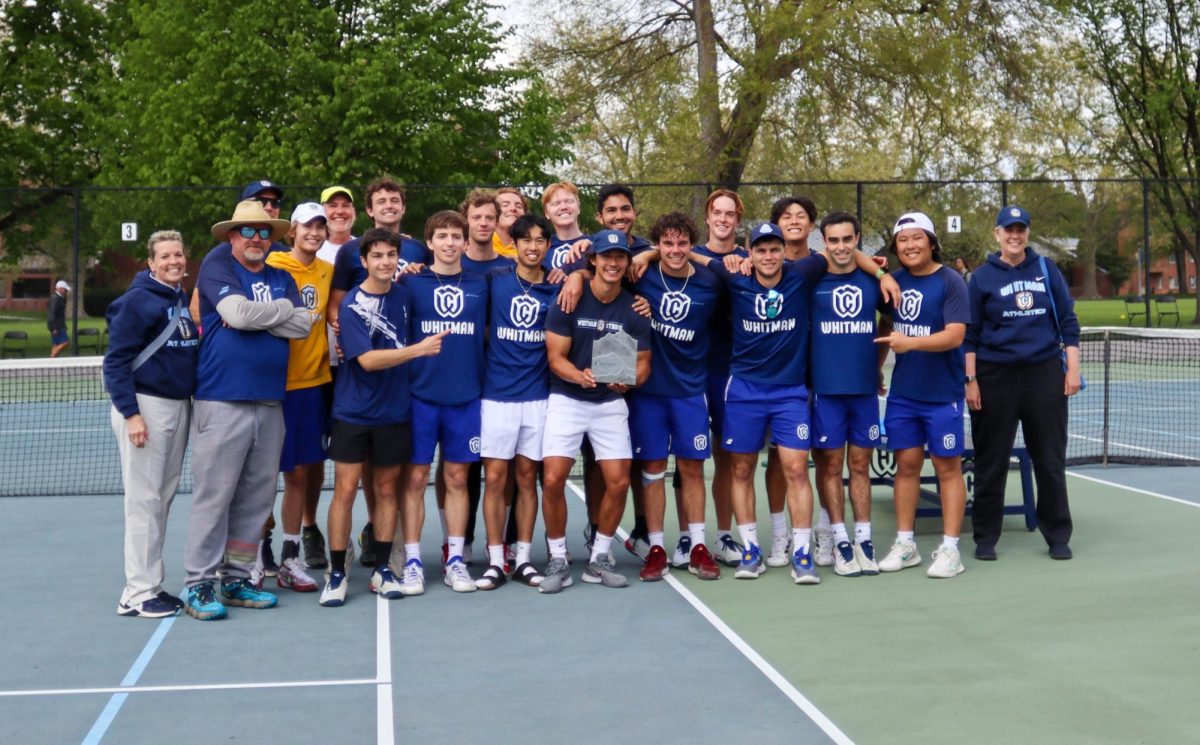The Whitman W Club is an athletic booster club composed of alumni, friends of the college and parents who want to support excellent student-athletes and competitive varsity athletics. Even though the W Club is very new, having just been established over the past five years, it has already helped many areas of Whitman’s athletic programs. In particular, the W Club has made it possible for Whitman athletics to hire assistant coaches, increase budgets for higher allowable spending and fly in recruited students to see the college campus.
Before the W Club, the varsity athletic department’s budget was significantly lower. Traveling athletes were allotted around five dollars for food and some slept on floors due to low budgets. However, with the establishment of the W Club, Whitman athletics has seen a definite surge in its capabilities. Charlie Stookie, a prominent W Club board member, is enthusiastic about the enormous support the W Club has provided for Whitman Athletics.
“With these new resources, Whitman has been able to hire assistant coaches and provide an overall increased athletic experience. In just the past few years, I have seen Whitman become competitive in the Northwest Conference instead of just being a doormat,” said Stookie.
The W Club has also dramatically increased alumni support. Tailgate and alumni events centering around games have become more common. Such events provide great opportunities for athletes to meet the alumni that support their athletic endeavors.
Jenn Keyes, a senior basketball player, reflected on the direct benefits she’s noticed as a result of the generosity of the W Club.
“In my time as a Whitman player I have had the opportunity to travel with my team and compete in Minnesota, California, Montana, and this past season, Boston! The W Club provides both alumni and financial support that help make the experience of being a Whitman athlete that much better,” said Keyes.
In order to ensure sustainability of the W Club, Whitman’s athletic director Dean Snider hopes to increase the breadth of supporters.
“Right now we have a big group of committed folks who are really trying to help. Our largest portion of giving right now comes from some of these folks. One of the big changes that we have to address is that we have to access more people by reconnecting more alums across a broader spectrum of years, ages and interests. We want to include people who give smaller amounts instead of relying on a few people to give large amounts,” said Snider.


